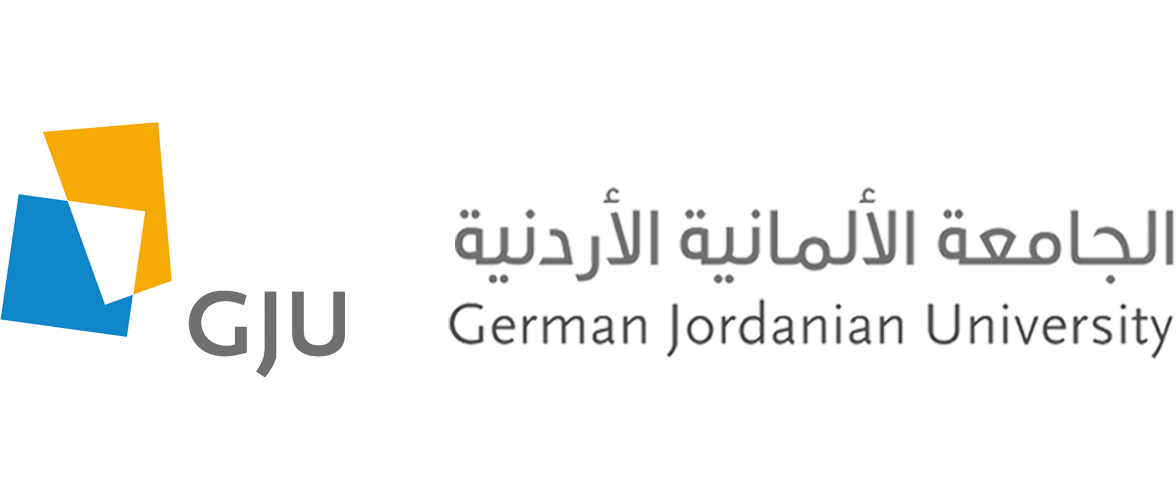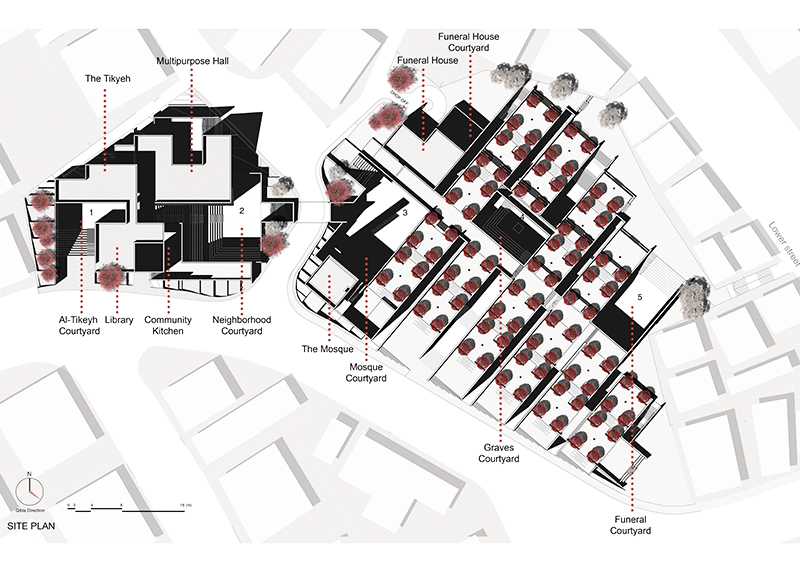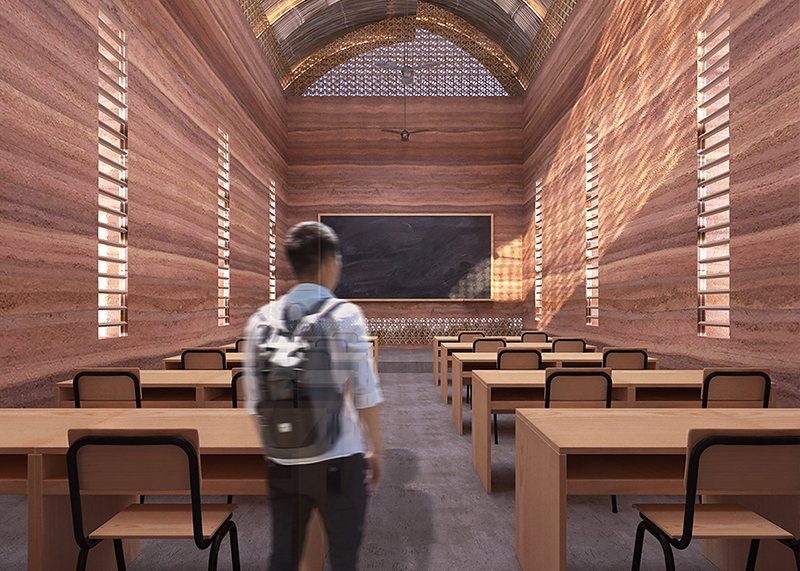Amman- 22 June 2021

Graduates of the School of Architecture and Built Environment (SABE) at the German Jordanian University (GJU), Tala Shelbayh and Nour Marji, won second and fourth places in LafargeHolcim competition 2020 - the next generation category for the Middle East Africa region. Shelbaya's graduation project won second place under Arch. Tha’er Qub’a supervision, while Marji's won fourth place for the second time!
Shelbayh’s graduation project (Living Memorial) which won the 2nd prize dealt with cemetery transformation in Jordan- cemeteries are often located in city suburbs. As the city grows, the burial grounds become more and more integrated into the city, at which point they occupy space that could be used in other ways. This is the case in Amman, where many cemeteries are in poor condition as well.
This project – which the jury describes as a solid proposal that revolutionizes the architectural typology of cemeteries – proposes underground cemeteries. This can free land in densely populated neighborhoods to be used as a park or social space. Courtyards allow daylight to reach the lower level, where funerals are held and the graves are located. The project also includes a hospice, a traditional community building, a devotional space, a library, and a community kitchen.
2nd prize winner Tala Shelbayh, says: “Cemeteries should be transformed into positive spaces and help to enhance social solidarity.” She intentionally sought an out-of-the-box solution, and her efforts have been well regarded.
Noor Marji won the 4th prize for her entry Earthen Education, Low-carbon education in Iraq.
Arch. Tha’er Qub’a indicated that this is the second time in a row that the School of Architecture and the Built Environment has received this award. Marji’s graduation project (Steps of Amman) won fourth place in LafargeHolcim Award 2017 under his supervision too.
Qub’a stated that the nature of the projects selected as graduation projects at GJU contributed greatly to this achievement, as both the Shelbayh and Marji projects focused on the social aspects and the need to solve real problems that the local community suffers from, not just producing beautiful buildings. Additionally, he thanked all academic and administrative colleagues for their contribution to this achievement and their permanent excellence.
4,742 projects from 134 countries were submitted in this cycle. The jury included professionals from across the region and further jury members from the LafargeHolcim Foundation Academic Committee.
The LafargeHolcim Awards are the world’s most significant competition for sustainable design. The Next Generation category recognizes the visionary concepts and bold ideas of young professionals and students. In the competition region of Middle East Africa, the jury selected four entries to receive Next Generation prizes. Winning projects were awarded 70,000 USD.













